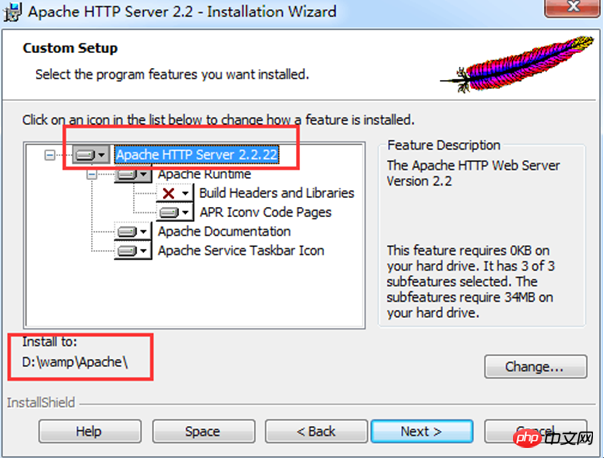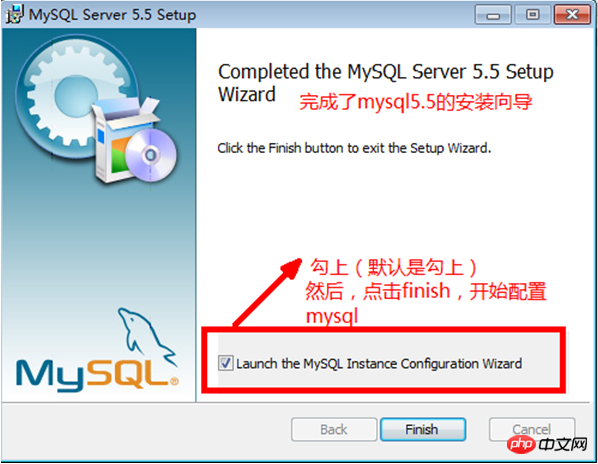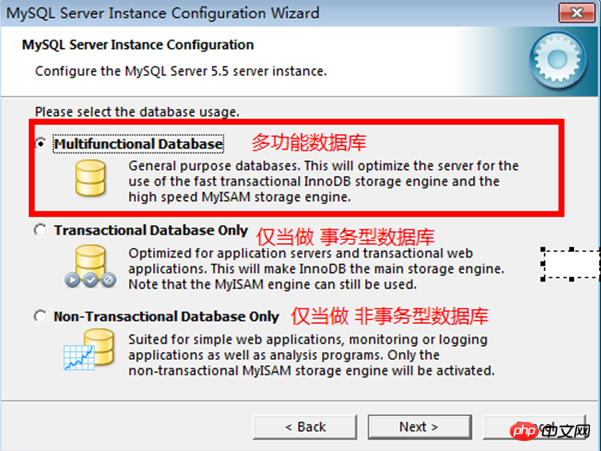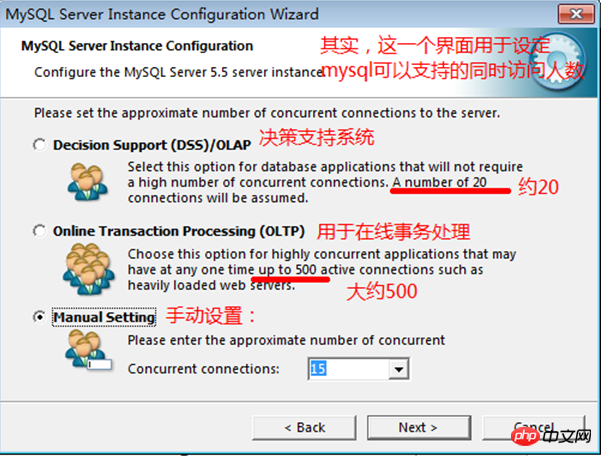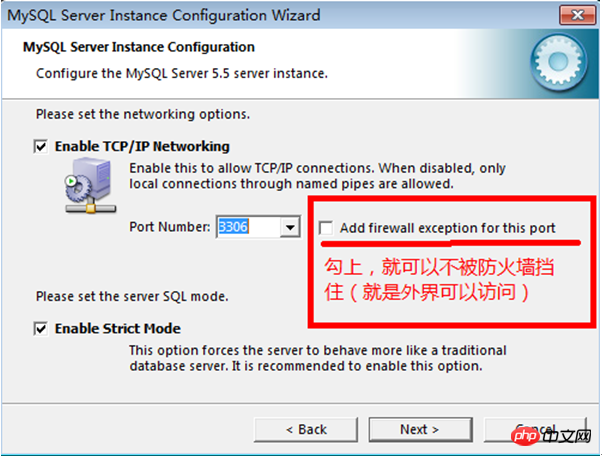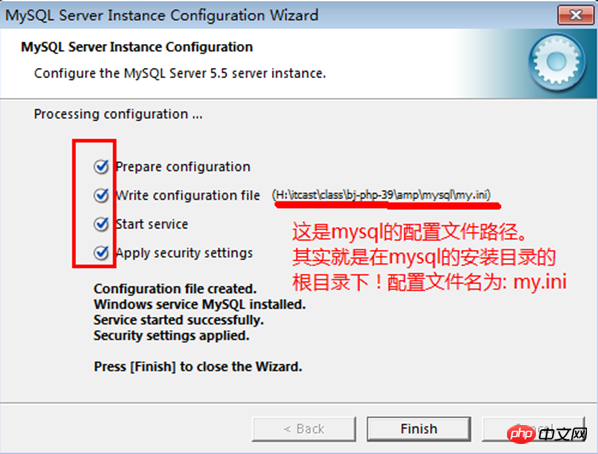Home >Backend Development >PHP Tutorial >Detailed installation process sharing of WAMP
Detailed installation process sharing of WAMP
- 小云云Original
- 2018-03-27 10:44:116389browse
This article mainly shares with you the detailed installation process of WEB service environment WAMP, hoping to help everyone.
First step, download and install Apache
Go to the official download of Apache
Install Apache: First, you can install it on any disk Create a WEB service environment directory under the WAMP file name, then create the Apache file name under this folder, double-click the downloaded Apache installation package, and then start the installation: Finally, specify the directory we have created (drive letter: \WAMP\Apache ) is the installation directory. The installation steps are as follows:



- ## After installation, open the browser and enter: localhost, press Enter. If the following prompt appears, the installation is successful:

The default website root directory of Apache is: Apache installation directory/htdocs directory
- Go to the official download of the Windows version of PHP
- Installing the Windows version of PHP is actually to unzip the PHP package, change the folder name to php and put it in the directory we have created (drive letter:\WAMP\), and then Copy a php.ini php configuration file from the php.ini-development file in the php installation directory.
- Configure apache so that it can process files with a .php suffix: First, find the Apache configuration file—apache installation directory/conf/httpd.conf, and load the module location in the file Next - # Dynamic Shared Object (DSO) Support Add the following code:
#加载php语言引擎模块LoadModule php5_module "php安装包中的php5apache2_2.dll文件的完整路径"eg: LoadModule php5_module "C:/WAMP/php/php5apache2_2.dll"#声明所有后缀为.php的文件,都由php引擎来处理AddType application/x-httpd-php .php#指定php.ini配置文件路径,这样在配置php.ini时,重启apache即可生效PHPIniDir "C:/WAMP/php"
- Finally save the configuration file and restart Apache.
- Configure the time zone of php
Find the php.ini configuration file in the php installation directory, find the [Date] configuration module in the file and modify it:
data.timezone =PRC. Remember to remove the previous comment symbol; and finally restart Apache to take effect.
- Go to the official website to download the Windows version of MySQL
- Install mysql, create the mysql folder as the mysql installation directory under the WAMP folder we just created. Unzip the installation package and install as follows:













#Click Finish to complete the installation.
Load the mysql module in the php.ini configuration file to access the mysql database
Find extension_dir = “ext” in the php.ini configuration file and change it to extension_dir = “C:/WAMP/php /ext". Specify the path where the php module is located
Then find extension=php_mysql.dll and remove the previous comment symbol;, and finally restart Apache to take effect.
Now the WAMP website server environment is basically set up!
Related recommendations:
Picture and text sharing of building a WAMP environment under windows
Using WAMP to build local development in PHP Environment method
Detailed explanation of wamp building example tutorial
The above is the detailed content of Detailed installation process sharing of WAMP. For more information, please follow other related articles on the PHP Chinese website!




